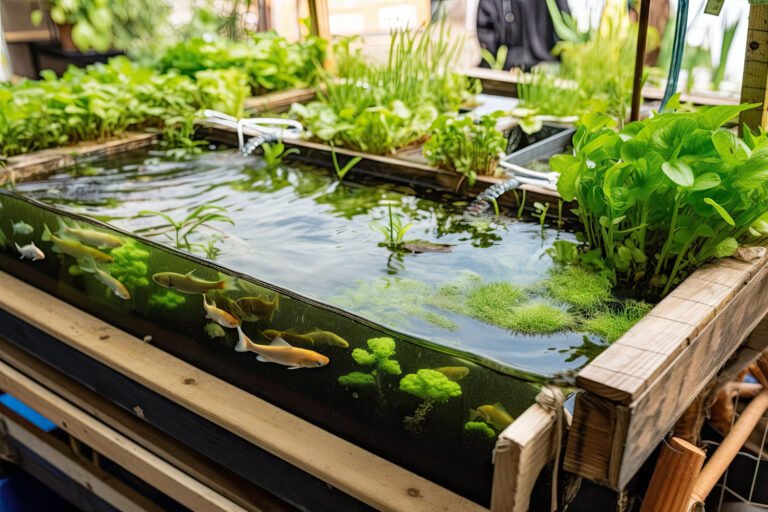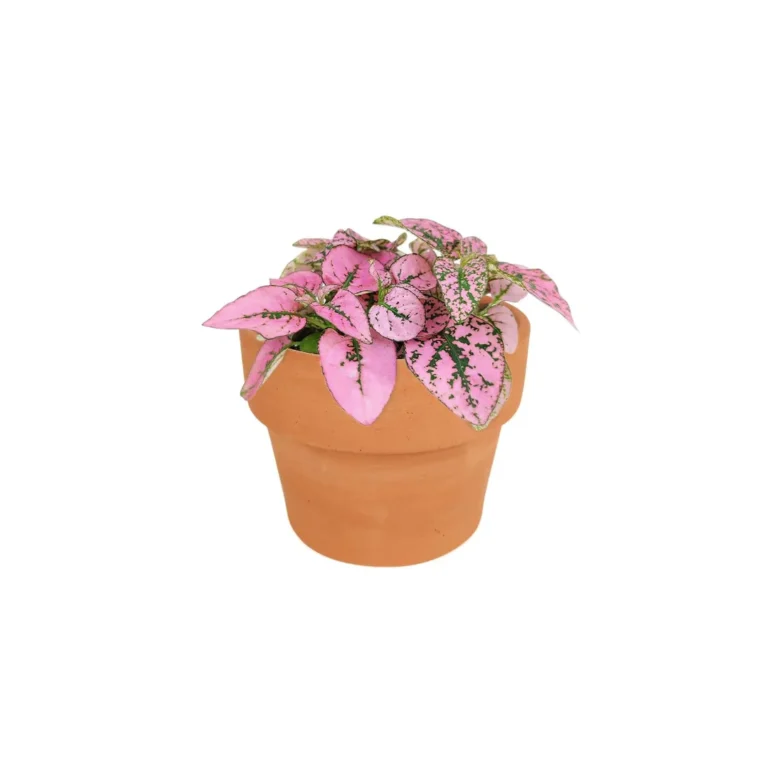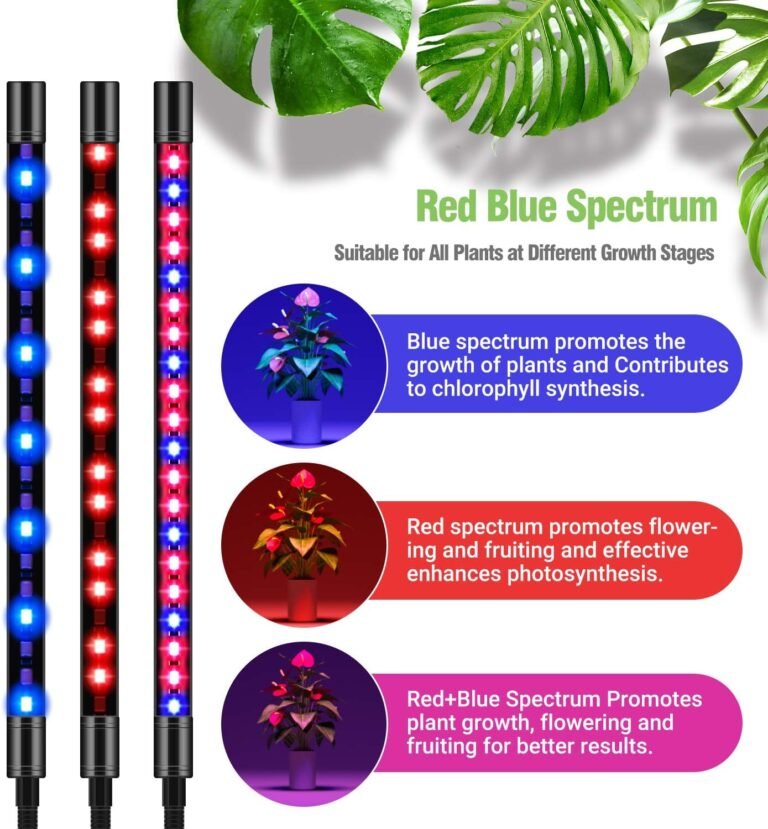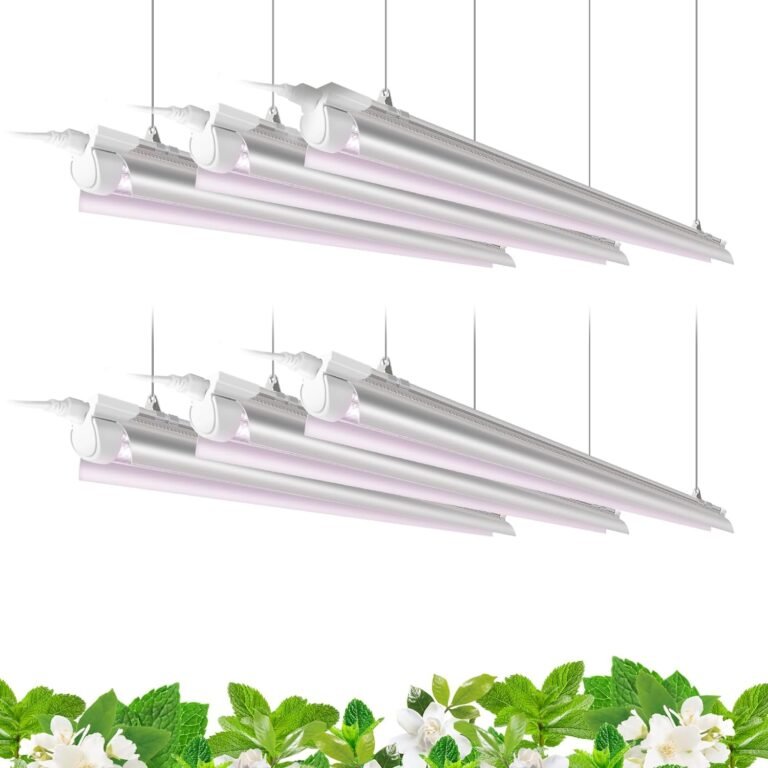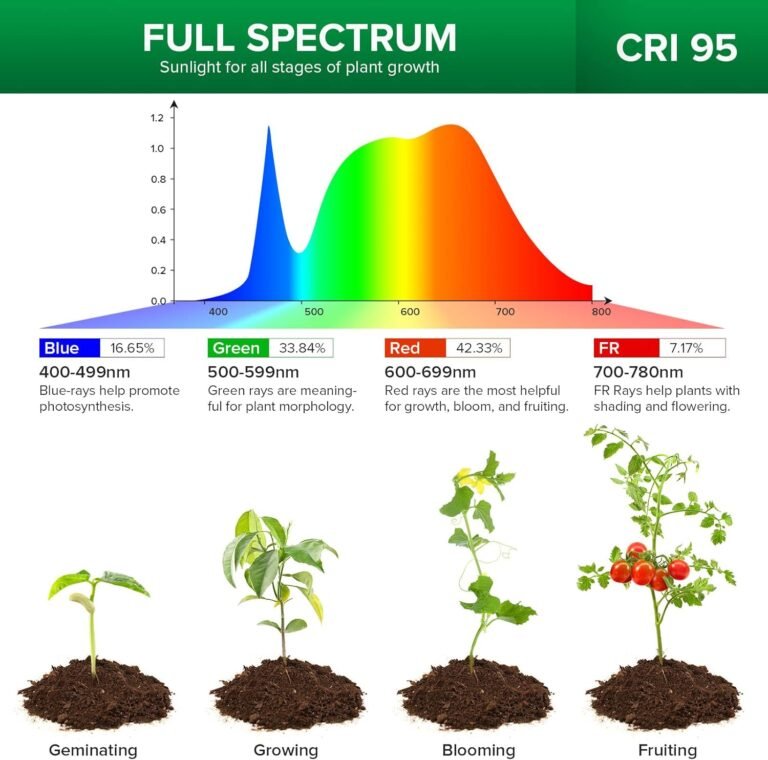Hello there, fellow green-thumbed enthusiasts (and the curious kind)! Ever wondered about growing plants in water? I mean, why fuss with dirt when you can have a squeaky clean vase of beauty? Well, buckle up, plant pals, because we’re about to dive deep into the world of water-grown wonders!
The Basics of Plants in Water
The Rise of Indoor Plants in Water
If you thought indoor plants were all about soil and messy pots, think again. Indoor plants that grow in water have started making waves (pun intended) in the world of interior gardening. We’re talking about an absolute game-changer in the indoor plant scene. No soil, no fuss. Plants that grow in water, that grow in water? Genius, right?
Why the Splash?
Many plants that grow in water have their roots (literally) in tropical environments. Remember, the tropical plant family is adapted to heavy rainfalls where roots often remain submerged for extended periods. Over time, some clever folks discovered that these plants can sustain themselves in just water. So, for all the apartment dwellers without backyards, rejoice! Your tropical plant collection dreams are achievable!
Choose Your Fighter, Ahem, Plant
Alright, let’s talk contenders. The Chinese evergreen, spider vining plant, and the charming lucky bamboo are some crowd favorites when it comes to indoor water garden plants. The sweet potato vine with its lime green tendrils, the always reliable peace lily, and the shiny aluminum plant are also some fabulous choices for an indoor plant collection. For those who love the vines, spider plants and chinese evergreen plants make a vining plant look effortlessly classy.
It’s Not Just About Tap Water
Before you dunk your plants in tap water and call it a day, take note. While tap water will do, the key to a healthy indoor water garden plant is a little bit more nuanced. You’d want to consider water soluble fertilizer to provide necessary nutrients. Oh, and watch out for algae growth – it’s the uninvited guest in your indoor water garden – healthy plant – party!
Let There Be (Indirect) Light
Whether it’s indirect bright light or indirect sunlight, make sure your water plants get it. A spot with bright indirect light is ideal for most plants growing in water. However, avoid direct sunlight which can cause excessive algae growth. Instead, keep your water plants in indirect sunlight to make sure they thrive.
Making The Leap to Water
Cut, Place, and Watch ‘Em Grow
Ready to transform your living space with the wonders of water-grown plants? Start by choosing a few stems or a leaf node from an established plant. Place it in a glass vase filled with tap water. Put the vase in a location with indirect light. Then, watch as the plant’s roots start to form in the water over the next few weeks.
Fertilize and Prevent Algae
Remember, growing plants in water doesn’t mean they won’t need nutrients. A dash of hydroponic fertilizer can do wonders. But, balance is key. Too much can cause algae growth. So, tread lightly!
Glass Jars, Bowls, Vases – The World’s Your Oyster
While a glass vase is the most common choice, don’t be afraid to experiment. Glass jars, shallow bowls, or any transparent container can be a haven for your water plants. After all, it’s all about personal flair!
Some Extra Tips
Avoid growing plants in direct light, ensure you refresh tap water to grow plants regularly, and occasionally check on the root system. With the right love and care, you’ll have a flourishing indoor water garden and healthy plant, in no time!
Ready to transform your living space with the wonders of water-grown plants? Dive deep into the world of hydroculture and embark on an exciting journey.
Getting to Know the Stars of the Show
Alright, folks, let’s get up close and personal with some of these water-dwelling showstoppers! They’re ready for their close-ups, and trust me, by the end of this, you’ll want to have them all in your living room.
Meet the Contenders
The Chinese Evergreen: Not just another pretty face. These plants thrive in indirect sunlight, making them a top pick for those shady spots in your home. With variegated leaves and an easy-going nature, chinese evergreen plants are sure to add a touch of elegance to your water gardens.

Spider Plants: Don’t worry, there aren’t actual spiders here! Spider plants boast a wild hairdo of green and white-striped leaves. They’re ideal candidates for your water-based plant collection, with baby spiderettes that dangle gracefully, just waiting to be propagated in their own glass jars!

Lucky Bamboo: If you’re looking for some Feng Shui vibes, lucky bamboo’s got you covered. These slender stalks can be twisted, braided, or kept straight, and they’re all about that indirect light life.

Peace Lily: Elegant and graceful, the peace lily is more than just a good looker. With its air-purifying qualities and mesmerizing white blooms, it’s a tropical treat that’s hard to resist.

Aluminum Plant: Looking for some sparkle? With silver-patterned leaves, this tropical plant reflects light like a natural disco ball! Keep them in bright indirect light to make those leaves truly shimmer.

Getting Down to the Nitty-Gritty
Avoiding Algae: Algae growth can be the bane of your water plant’s existence. Keeping growing plants in your vase out of direct sunlight, using filtered or distilled water instead of straight tap water, and ensuring cleanliness can be your algae-busting trio.
Feeding Time: Remember, even plants that grow well in water need their nutrients. This is where water soluble fertilizer and hydroponic fertilizer come into play. These specialized fertilizers ensure that your aquatic green buddies get all they need.
The Right Container: While a glass vase for rubber plant is a popular choice, why not think outside the box? Maybe a large whiskey decanter for that spider plant or a mason jar for corn plant or a single leaf node of an aluminum for rubber plant? Choices, choices!
Propagate Like a Pro: Once your plants grown in water and your root system is established in the water, you can propagate that root system to new plants by snipping a few stems or using a single leaf. The magic of well rooted plants and seeing those roots that form roots in water never gets old.
Ready to transform your living space with the wonders of water-grown plants? Dive deeper into the world of hydroculture. Get your vases ready and embark on this green journey.
FAQs: Navigating the Waters of Hydroculture
Well, now that we’ve set sail into the vast sea of water-grown plants, I’m sure you’re bubbling with questions. Fear not, for I am here to quench your curiosity! Let’s get into some of the most frequently asked questions in the world of water gardening.
Diving into Queries
What is growing plants in water called?
Growing plants in water, growing of plants in water, or growing plants in water without soil, is referred to as “hydroculture” or “hydroponics.”
What plants don’t produce roots and grow in water and need soil to also grow in water too?
Several plants thrive without soil, like the spider plant, lucky bamboo, peace lily, and Chinese evergreen. Many plants can be propagated or grown temporarily in water, but the ones mentioned excel in long-term water environments.
What about creeping plants that grown form roots, in water creeping plants that will grow roots in water?
Most house plants can be propagated and will grow roots in water, including pothos, philodendron, and many vining house plants too. Ensure you use a healthy cutting of corn plant, place it in a shallow bowl or a container with clean water, and wait a few weeks for the magic to happen.
What plants grow well in very wet soil?
If you’re leaning towards soil but want to grow plants with it super moist, consider the peace lily, aluminum plant, and lotus plant. These lovelies thrive in damp conditions.
What plants can grow permanently in water?
Lucky bamboo, peace lily, and some varieties of the Chinese evergreen can also grow plants permanently in water, provided they grow plants receive adequate nutrients through hydroponic fertilizer.


